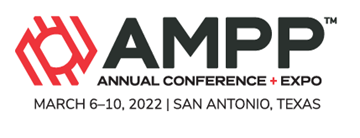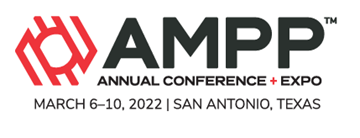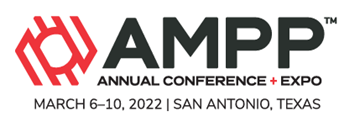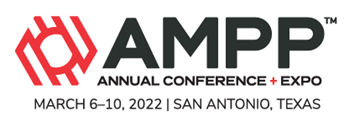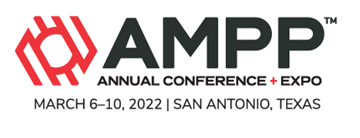Search
AMPP Conference Papers
View as
Sort by
Display
per page
Local Hard Zones On TMCP Large Diameter Line Pipes: What Do We Know?
Product Number:
51322-17565-SG
Publication Date:
2022
$20.00
Localized and Generalized Corrosion Evaluation of S13CR in Shale Oil & Gas Production Conditions
Product Number:
51324-21106-SG
Publication Date:
2024
$40.00
Localized Corrosion Limit of Use of S13%Cr (UNS S41427) Connector in Converted Injection Treated Seawater Well
Product Number:
51324-20714-SG
Publication Date:
2024
$40.00
Localized Corrosion Management For Thermally Insulated Systems Via Insulation Stand-Offs And Low Point Drains
Product Number:
51322-17585-SG
Publication Date:
2022
$20.00
Localized Corrosion of High-Grade Stainless Steels in Chlorinated Seawater
Product Number:
51323-18911-SG
Publication Date:
2023
$20.00
Localized Corrosion of UNS S31603 in Aqueous Ammonium Chloride Environments at Elevated Temperatures and Low Dissolved Oxygen
Product Number:
51323-19125-SG
Publication Date:
2023
$20.00
Localized corrosion propagation of carbon steel in inhibited environment: a potentiostatic approach
Product Number:
51323-19071-SG
Publication Date:
2023
$20.00
Localized Corrosion Studied Via Interferometry Using Modified Surfaces
Product Number:
51322-17747-SG
Publication Date:
2022
$20.00
Long- And Short Term Laboratory Testing Of UNS N06985 For OCTG In Extreme Sour Environments
Product Number:
51322-17966-SG
Publication Date:
2022
$20.00
Long Distance, Long Duration Case Study of Successful Inhibitor Application on a Very Light Hydrocarbon Pipeline
Product Number:
51324-21214-SG
Publication Date:
2024
$40.00
Long Range Ordering In Thermally Treated And Cold-Worked Alloy 690
Product Number:
ED22-17251-SG
Publication Date:
2022
$20.00
Long Term Performance Of Glassflake Reinforced Polyesters - A Case Study After 35 Years Under Offshore Conditions
Product Number:
51322-18125-SG
Publication Date:
2022
$20.00

